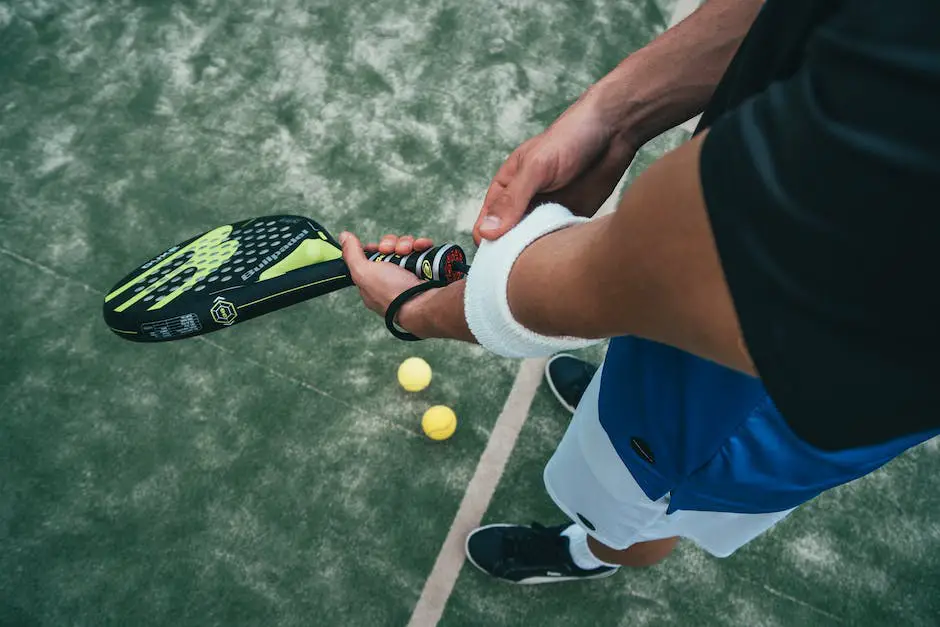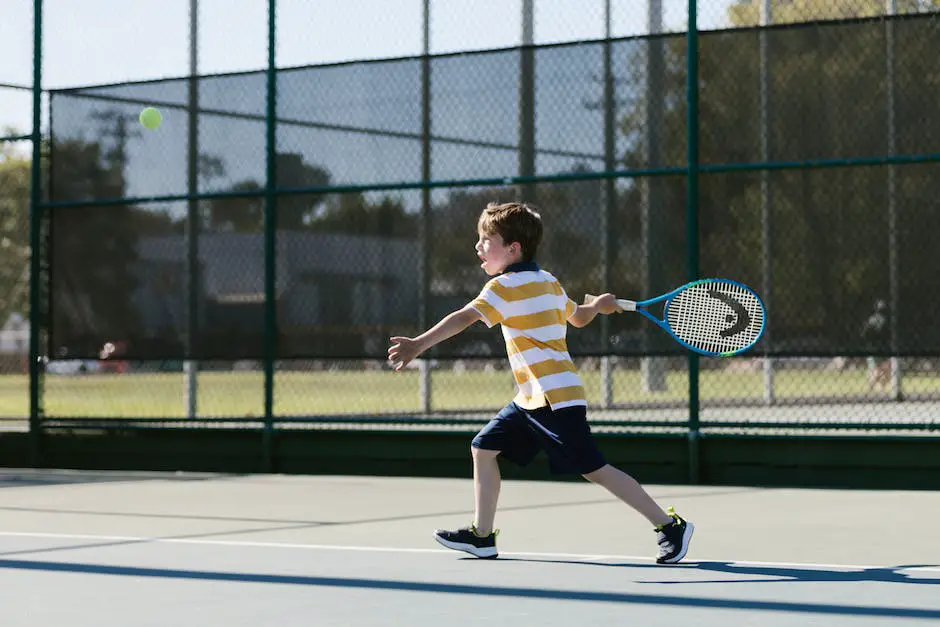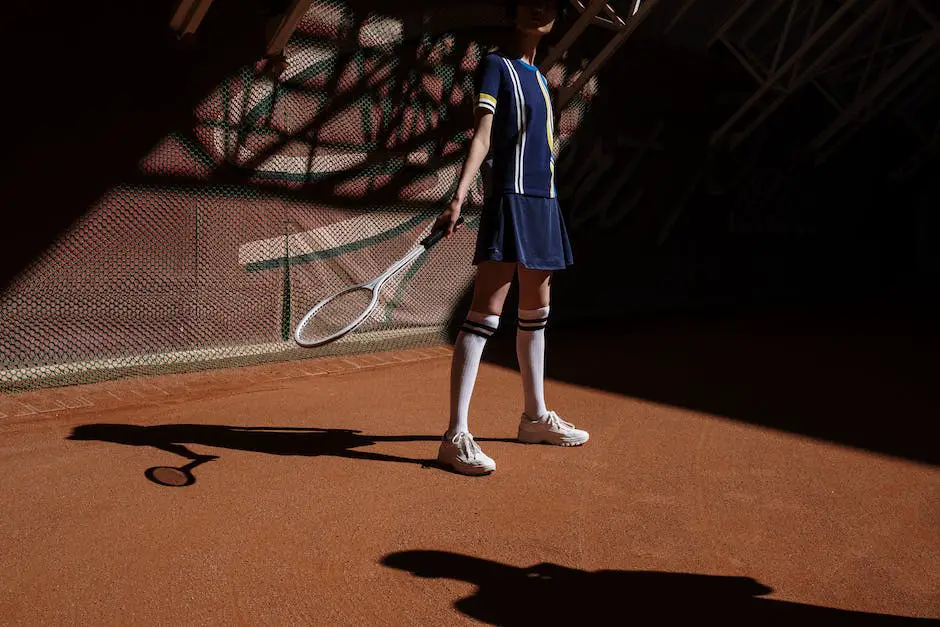Padel Tennis, though a unique and exhilarating racquet sport, is often misunderstood due to its similarity yet distinct nature from its counterpart, conventional tennis. With this guide, you will explore the basics of Padel Tennis, giving you a comprehensive breakdown that ranges from understanding the unique specifications of Padel equipment and courts, to mastering the different techniques, strategies, and drills associated with this sport. The aim is to equip you with the knowledge to appreciate the nuances of Padel and thrive in it both as a spectator and a participant.
Understanding the Padel Court and Equipment
Understanding the Padel Court and Its Unique Structure
The padel court is a compact area, measuring 20 meters in length and 10 meters in width. It is divided into two halves with a net in the middle, much like a tennis court. However, an important distinction to make is that padel courts are surrounded by walls on all sides. These perimeter walls are a fundamental part of the game, as the ball is allowed to bounce off them just like in squash. Audiences can witness fast-paced matches where players strategize their shots by making use of these surrounding walls. While the walls in the back can stretch to a maximum height of 4 meters, the side walls are only 3 meters high. The field of play within is composed of artificial grass.Master the Use of Padel Rackets
Understanding and choosing the right equipment is crucial in padel. Unlike the rounded shape of tennis rackets, padel rackets are usually perforated and do not have strings. They are more similar to solid paddles and are composed of a rigid composite, most commonly carbon fiber, foam or graphite. The special design of padel rackets makes them great for responsiveness and strength while also reducing the chance of injury. It’s a good balance for providing control and power simultaneously. Selecting the right padel racket mostly depends upon personal preference, your style of play, and your skill level.Learn About Padel Balls
Just like the padel racket, the balls used in this game are also different compared to standard tennis balls. While similar in size, padel balls are generally lighter and have less pressure. This makes them slower and less likely to bounce off the ground compared to a tennis ball. This feature helps maintain an optimal level of control during play on the smaller court. It’s helpful to understand that while padel balls might initially seem similar to tennis balls, they have significant differences, which overall contribute to the unique style and pace of the game.In conclusion
To get started with padel tennis, having an understanding of its unique court, walls, and equipment can improve your game. Take your time to familiarize yourself with the differences and remember that practice is key for success in this fast-paced, strategic sport.

Basic Padel Rules and Scoring
Understanding Padel Tennis: A Brief Overview
Padel tennis is a rapidly growing sport with similarities to both squash and lawn tennis. It’s especially accessible because it’s relatively simple to learn for beginners, yet remains challenging for advanced players. While padel tennis shares many of the same rules and scoring systems as traditional tennis, there are some significant differences, particularly associated with the serving rules, players’ rotation, the fault system, and how to use the walls to your advantage.
Understanding Padel Scoring: Akin to Traditional Tennis Scoring
The scoring rules of padel tennis are very similar to those of tennis. Games are scored using the typical Love (0), 15, 30, 40 pattern. If a game reaches a score of 40-40, it is deemed as ‘deuce’ and continues until one team or player has a two-point advantage. A set is won by the first team to win six games, with a margin of at least two games over their opponents. If the set reaches a score of 6-6, a tie-breaker is played, typically going up to seven points.
Serving Rules: Underhand and Cross-court
In contrast to tennis, in padel tennis, all serves must be executed underhand. The server first bounces the ball behind the service line, and can then hit it into the diagonally opposite service box, a rule similar to tennis. The served ball must bounce in the service box and cannot touch the fence structure around the court. If the serve fails, the server has a second chance to get the serve in, or else it is considered a double fault and a point is awarded to the opposing team.
Fault System: If First You Don’t Succeed, You Get Another Try
As previously mentioned, if a player doesn’t successfully serve at the first attempt, a second chance is given (much like tennis). The server will be at fault if the ball hits the net, goes out or hits the wire mesh before bouncing on the ground. If the second serve is also a fault, the point will go to the opposing team.
The Player Rotation: Keeping Things Fair
In doubles padel, players rotate service throughout the match. The team which is serving first will have one player serve for the entire first game. In the second game, the opposition team will take their turn to serve; however, the other player will serve for that whole game. This rotation allows for an even distribution of serve across both players in a team throughout a match.
Using the Walls: The Key to a Good Strategy
One of the unique features of padel tennis is the use of the walls surrounding the court. When the ball hits the wall, it is still in play (much like squash). Players can use this to their advantage to create unexpected bounce and confuse their opponents. Additionally, if a ball bounces on the ground and then hits a wall, a player can still hit the ball after it has rebounded off the wall.
Understanding these basic elements ensures a strong foundation in padel tennis success. As with any sport, practice makes perfect, so grab a racquet, serve underhand, and enjoy this exciting sport.

Playing Techniques and Strategy
Introduction: The Fundamentals of Padel Tennis
Padel tennis, a popular sport across Europe and particularly in Spain, offers a unique blend of tennis and squash mechanics. It’s becoming more widely appreciated in the United States, and is known for its fast-paced yet strategic gameplay. A key aspect of padel tennis includes using a solid racket to keep a ball in play within marked rectangles, utilizing the surrounding glass walls. Here, we’ll learn the basics of how to approach playing techniques and strategies in padel tennis.
Forehand and Backhand Techniques
Just like in traditional tennis, mastering the forehand and backhand shots forms the foundation of padel tennis. Grip the padel racket with both hands when hitting a backhand, while a forehand shot requires a grip more towards the end of the handle. Always follow through with your swings, envisioning driving the ball through the air. During the swing, maintain focus on the ball and ensure you make contact in front of your body.
Volleying and the ‘Remate’ Smash
A significant portion of the game is played near the net, where volleys come to bear. Practise anticipating the bounce of the ball and executing a swift, forceful return. The aim is to make the opponent move and force them into making errors.
The ‘remate’ or smash shot in padel tennis is a high powered shot that is typically executed when the ball has bounced off the back wall and is about waist height or higher. Give the shot enough power and direction to potentially make the ball bounce out of the opponent’s court.
Utilizing the Walls
Unlike traditional tennis, padel allows the use of walls much like squash. When the ball hits a wall, be prepared to adjust your swing based on the unpredictable angles and the speed of the rebound. You can also use walls to your advantage by hitting “wall shots” that can disrupt your opponents’ rhythm and positioning.
Forming a Winning Strategy
Effective strategy in padel tennis requires a mix of anticipation, agility and mental agility. The primary goal is to keep your opponent guessing and disrupt their rhythm. To do this, vary the types and speeds of your shots, and utilize the walls often.
Another crucial strategy is positioning. When in control, you and your teammate should move synchronously, covering the court evenly. When one moves forward to attack, the other should move backward to defend, and vice versa.
Conclusion: Consistency and Practice
Mastering padel tennis requires consistent practice. Start by focusing on your forehand and backhand shots, and gradually work on your volleys and smashes. As you get more comfortable with these techniques, start practicing wall shots and experiment with various strategies. Remember, the primary goal is to outmaneuver your opponents, so keep them guessing and make use of the entire court. With time, patience, and dedication, you’ll undoubtedly make significant strides in your journey to mastering padel tennis.

Physical Conditioning and Drills
Introduction: Importance of Physical Conditioning in Padel Tennis
Padel is a rapidly growing sport that combines elements of tennis, squash, and racquetball. As with any sport, physical conditioning is key for optimal performance in padel tennis. This includes not only improving your stamina for longer matches, but also working on agility and power to ensure you’re ready for any shot that comes your way. Regular practice and drills are vital to consolidate basic skills and enhance your gameplay.
Increasing Stamina for Padel Tennis
Stamina is about more than just outlasting your opponent in a long match. Players with greater stamina can also maintain a higher intensity of play and recover more quickly between points. Here are some things you can do to improve your stamina:
- Interval training: This involves alternating between high-intensity exercise and low-intensity recovery periods. For example, you could sprint for 30 seconds, then jog or walk for 60 seconds.
- Long-distance running: This helps to develop your aerobic fitness and endurance. Aim for a steady pace that you can maintain for at least 20-30 minutes.
- Cross-training: Engaging in other types of aerobic exercise, such as cycling, swimming, or rowing, provides a different kind of stress for your body and can help to improve your overall endurance.
Improving Agility and Power for Padel Tennis
Agility and power are two essential components of a good padel player. Agility allows you to move quickly and change direction effortlessly, while power will enable you to hit the ball with force. Here’s how to work on these skills:
- Plyometrics: These exercises are designed to increase your speed, power, and explosive strength. Start with simple exercises like jumping jacks or box jumps, and gradually progress to more advanced drills.
- Resistance training: Regular strength training with weights can significantly improve your power. Focus on compound movements like squats, deadlifts, and bench presses that require multiple muscle groups and joints.
- Agility ladder drills: Running through agility ladders with different footwork patterns helps to improve your speed, quickness, and agility.
Practicing Padel Drills to Improve Basic Skills
The more you work on perfecting the basic moves, the more natural they’ll become in a real game. Start with these drills:
- Serve and return drills: Start each practice session with a warm-up of serves and returns. This is the most common situation in a match, and practicing this routinely will help improve your consistency.
- Wall ball drills: Use the wall as your hitting partner to improve your ability to return the ball. Try to keep the ball low and aim for a spot near the bottom of the wall.
- Doubles drills: Padel is usually played in doubles, so practice drills that involve both you and a partner. For instance, alternate hitting the ball and moving to different parts of the court.
With diligent practice and physical conditioning, you’ll find your padel playing skills dramatically improving. Remember, consistency is key. Keep up your routine, and you’ll soon see results on the court.

Whether an aspiring player, an enthusiastic fan, or a curious novice, this guide offers a valuable introduction to Padel tennis. You will hopefully gain an appreciation for the sport, understand its specific rules and scoring system, and grasp the impact proper playing techniques and strategies can have on the game. Not to be overlooked, of course, is the necessity of physical conditioning and the role of drills in enhancing performance. As you delve into these details, remember that, like any sport, Padel is a mix of skill, strategy, and spirit. So, let’s embrace the challenge, pick up the racket, and enjoy the game of Padel Tennis.